
‘Ain’t No Sunshine’ – Bill Withers
Recently I was at the Spartan Race® in Shenzhen, a veritable physical challenge for athletes of all levels. Unfortunately for the participants, it was the hottest and sunniest day since I’ve been in Shenzhen; I believe the temperature was recorded as 29ºC. So it wasn’t a complete surprise to come across someone the next day with quite extensive sunburn to the whole of her face, the burn sharply delineated by what must have been a hat. Whilst it seems a bit strange to me to be writing this in November (there are reports of flooding back home in the UK) I notice that the sun is still shining in Shenzhen and the temperature remains in the mid to high twenties. The Bill Withers song, Aint’ No Sunshine, certainly doesn’t apply here and so a plea to please be careful when you are out and about.
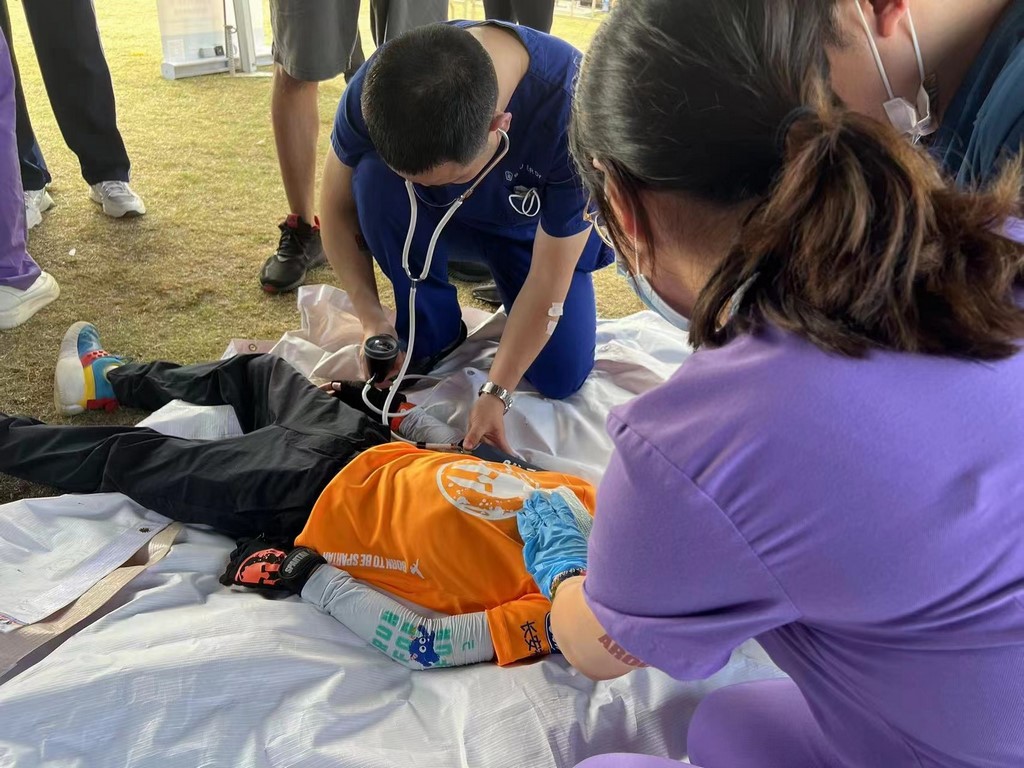
Surveys generally return statistics of about one third of people suffering at least one episode of sunburn in the preceding 12 months and this rises significantly in millennials to over half. Whilst the typical blue-eyed blond and the fiery red-head are at an increased risk, sunburn is probably underestimated even in those of an Afro-Caribbean origin – over half reporting a lifetime prevalence of sunburn in one UK study. It is especially distressing to see sunburn in young children, yet reports range from 28-52% of children having one or more episodes of sunburn in the preceding 12 months.
Why is this important? Well, aside from the sometimes very severe pain that sunburn can cause, it is a burn after all, sun exposure and sunburn causes long-term damage to skin. This can result in premature ageing in the form of wrinkles, rough saggy skin, patchy pigmentation, prominent unsightly spider veins on the face and nose. Ultimately, sun exposure can also predispose to various skin cancers. What can be done to avoid these? The most important thing is that prevention is far better than cure. The ‘Slip, Slop, Slap’ campaign was introduced into Australia in the 1980’s and resulted in a dramatic reduction in the melanoma rate in 20 to 24 year olds in Queensland by 44% from 1996 to 2010. The campaign emphasised slipping on clothing to cover as much of the skin as possible / desirable, slopping on sunscreen and slapping on a wide brimmed hat. It continues to be promoted to this day.
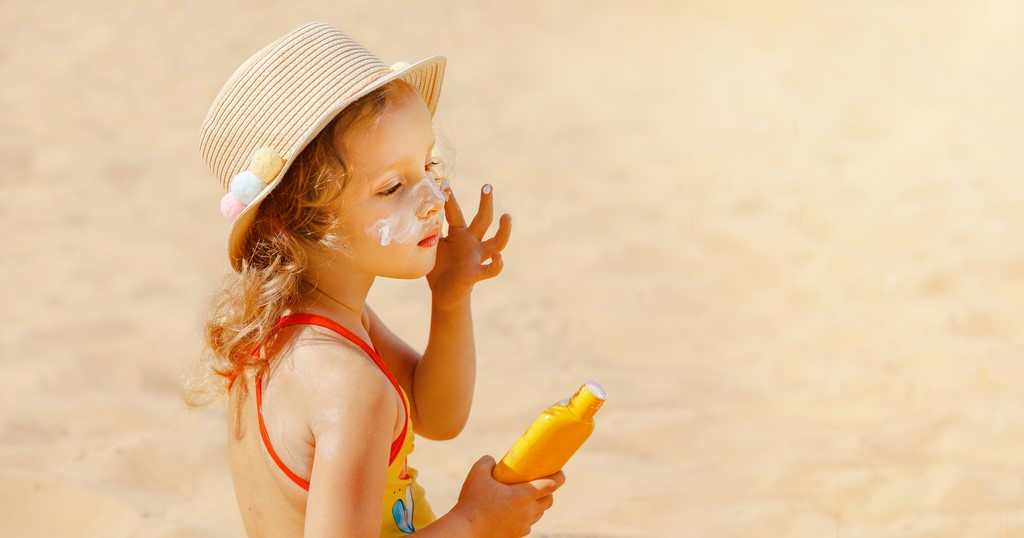
The clothing and the hat are obvious, but pay attention to coverage of the neck, which is easy to overlook. Now, there are some misconceptions about sunscreen. These are usually labelled as having Sun Protection Factor (SPF) 15, 30, 50 or more. Technically SPF 50 means it takes 50 times longer for protected skin to start to burn than for unprotected skin. However, it does not necessarily mean that you can be out in the sun for 50 hours or even 50 minutes as the duration of protection depends on how quickly unprotected skin will burn, which itself depends on the type of skin and the strength of the sun’s ultraviolet (UV) rays.
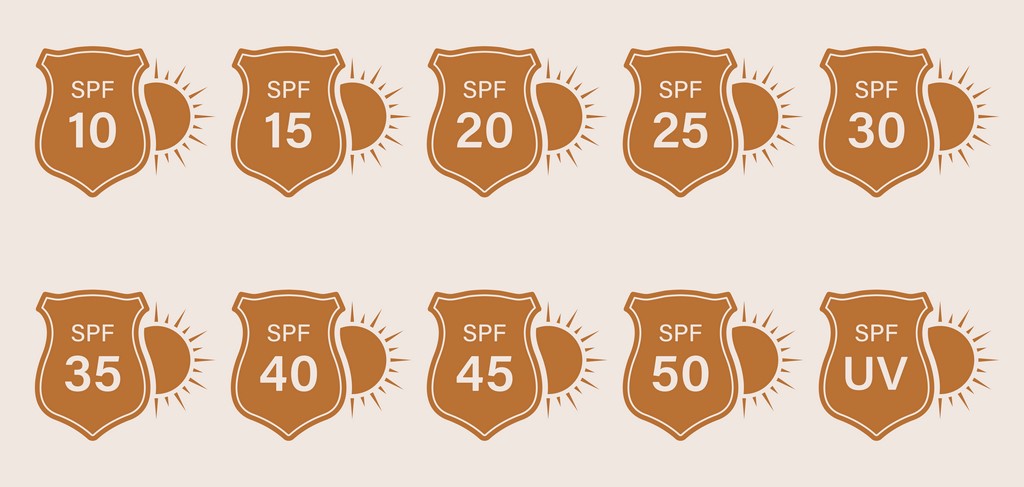
The strength of UV rays is affected by factors such as how high up you are, how close to the equator, what surfaces you are near (snow, sand and water all reflect UV), the type of cloud cover. Don’t be fooled by cloud cover as, although this usually reduces the amount of UV getting through to you by up to 90%, it does not stop it completely. Also, there is a phenomenon called the broken cloud effect where UV can actually be concentrated at ground level by as much as 25% higher compared to a clear sky.
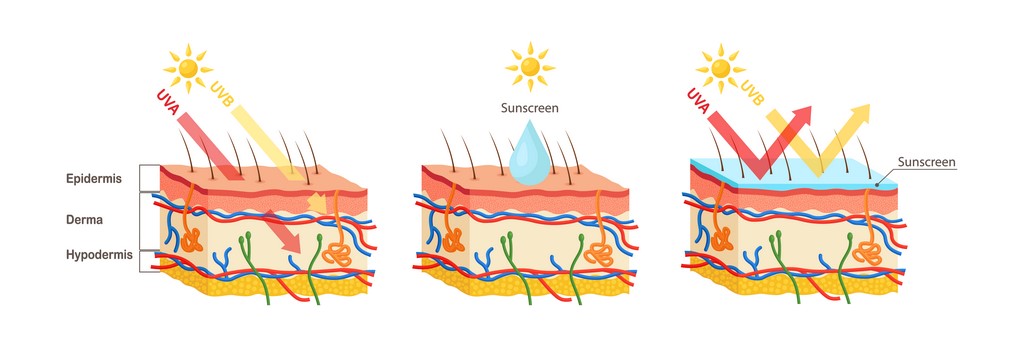
The American Academy of Dermatologists (AAD) actually recommends wearing at least SPF 30 for day-to-day activities, not just when it is sunny, and at least SPF 50 for any outdoor activities. Sunscreen should be applied at least 20-30 minutes prior to heading outside. Most packaging will tell you how often you need to reapply the sunscreen, but it should be at least every 2 hours and more often if you are in and out of water or sweating a lot. Sunscreen is not recommended in children under 6 months old so they should be just kept out of the sun with the other means.
If you are unfortunate enough to actually be burned in spite of all this, the good news is that the burn should heal by itself in the vast majority of cases. Symptomatic treatment is usually all that is required. You can take simple pain relief such as ibuprofen or acetaminophen. Cool, not cold, baths or showers may be beneficial. An ointment or cream containing aloe vera has been shown to be effective. Traditionally it is recommended that this should not be used on broken skin but there have been small studies that suggest it is safe and effective.
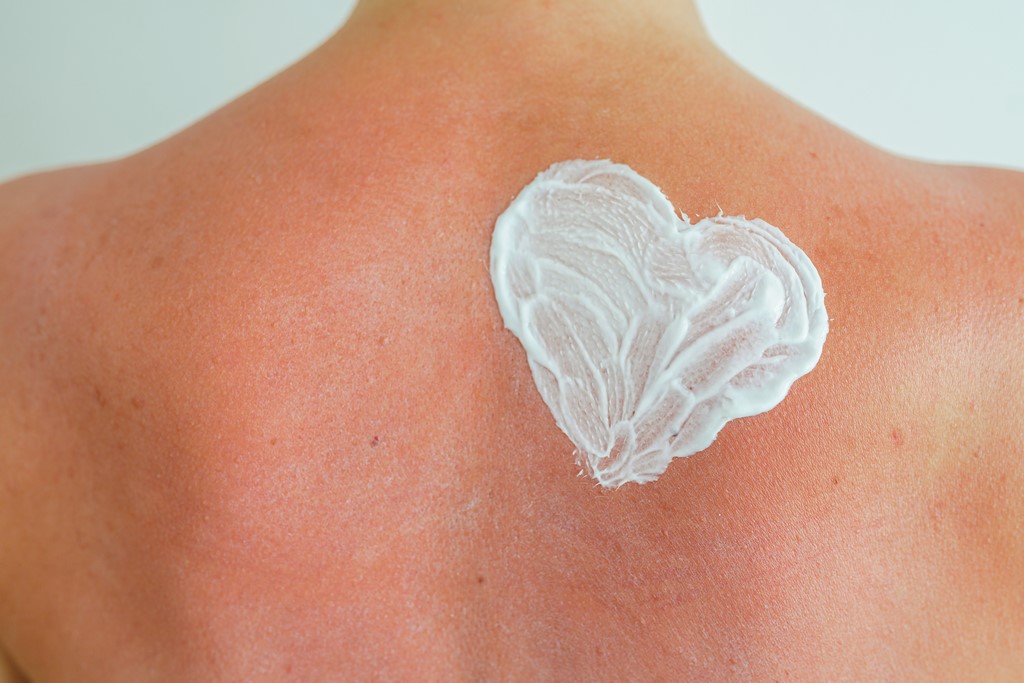
Hydrocortisone cream is sometimes mentioned but there is no evidence that it makes any difference for burns. An antihistamine tablet may help with any itch. There is some debate about what to do with blisters, whether to remove the overlying skin or leave it be. It is unlikely you will have large blisters from sunburn so it is probably easier to leave the blisters alone to heal. Do cover the burn to protect it from any further sun exposure and also from infection. Superficial burns (redness only) will be better within 3-5 days, partial thickness burns with blistering are usually better in 10-14 days. Lastly, make sure you stay well hydrated.
You should seek medical attention if you have the following symptoms: confusion, dehydration, high fever, signs of infection, extreme pain, blistering affecting 20% of your body (approximately both arms or one whole leg or the front or the back of your torso).
While the warmth and sunshine are still with us, do enjoy it, but please do be careful out there. Remember slip, slop, slap and also seek (shade) and slide (your sunglasses on). If you can, avoid being mad dogs or Englishmen and stay indoors between 10am and 4pm when the sun is at its strongest.
Shenzhen United Family Hospital
Address: 4012 Fuqiang Road, Futian District, Shenzhen, Guangdong
Address (CN): 广东省深圳市福田区福强路4012号
Website: https://szu.ufh.com.cn/
Phone: 4008-919191
Email: [email protected]

